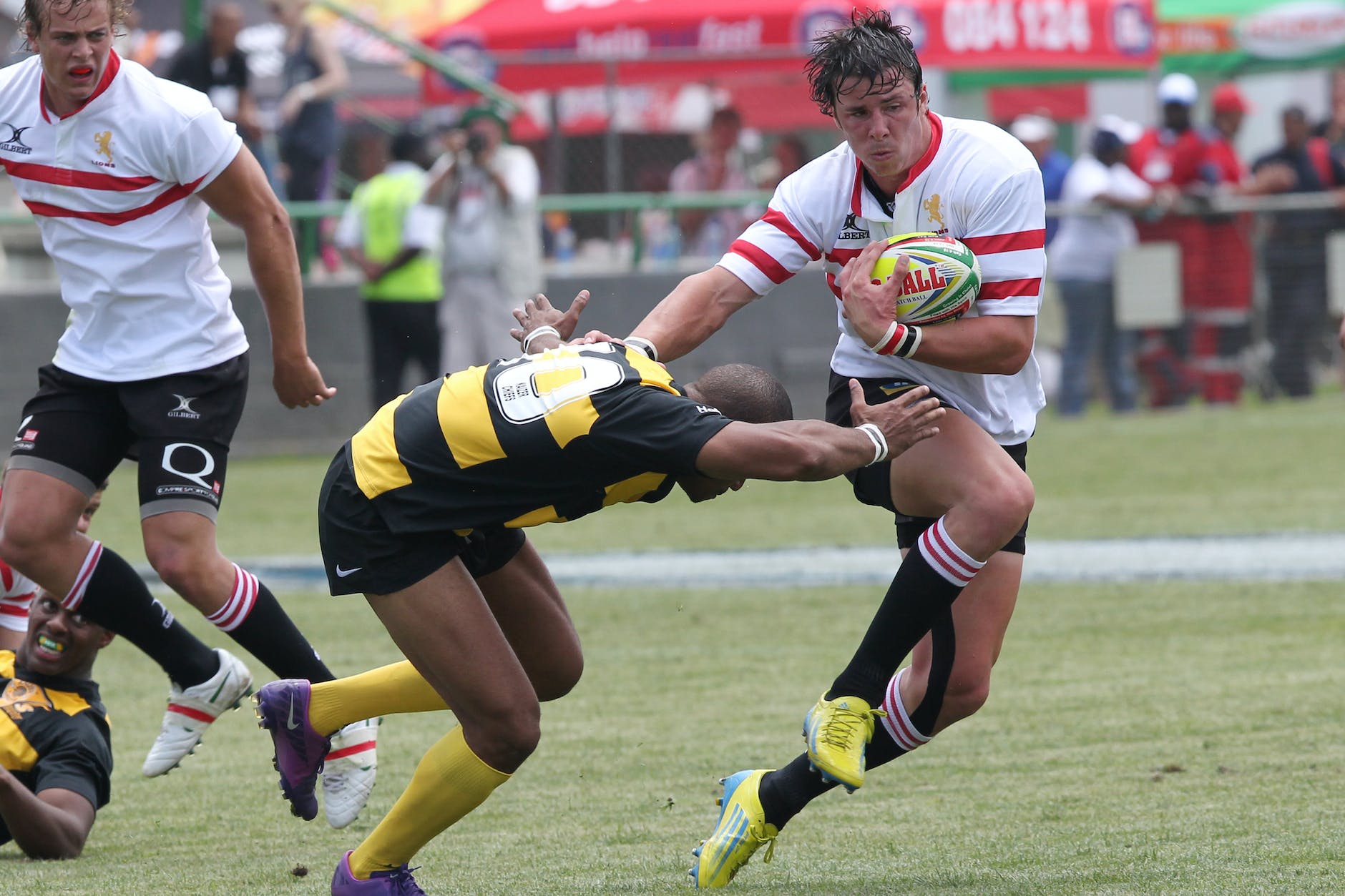
Did you know that over the course of the competitive rugby season, approximately 50% of players will suffer an injury?
It comes as little surprise that injuries in rugby are more common than in football. In fact, by playing rugby your risk of injury is increased by up to 3x that of what it is when playing football. 52% of injuries occur during tackling, with concussions making up 22% of all injuries sustained during a game. 48% of injuries in training occur when running, with hamstring injuries making up 15% of these.
In contact sports, injuries are unfortunately inevitable, with an average of 8 professional rugby players each year suffering a career ending injury. But what can be done to help prevent this from happening?
Prepare effectively for training and games
It may not be your favourite part of training, but strength and conditioning throughout the playing season will help to reduce the likelihood of suffering a non-contact injury. Strength defecits and imbalances are one of the leading underlying causes of soft tissue injuries, however are one of the easiest to avoid. A strength and conditioning programme that factors in the off season, and playing schedule during the season, with suitable recovery time, will significantly help reduce the risk of non-contact soft tissue injuries in the long run.
Don’t do nothing in the off season
As appealing as it sounds, doing nothing during the off season will not do you any favours. After 7-10 days, the benefits of rest become more limited, and muscle atrophy will begin to take place. Moving your body regularly, and following a structured off season training plan will help to keep your muscles strong and ready for the next season to start.
Make sure you are confident with the correct tackling and falling technique
With tackling the most common cause of injury in rugby, it is vital that players of all ages and abilities are confident in the correct way to initiate a tackle, and how to fall properly- going in shoulder first is unlikely to end well for you!
Don’t ignore niggling injuries!
Niggling injuries can easily turn in to a bigger problem if they aren’t treated effectively in the early stages. When you train and play through niggling injuries, surrounding structures will compensate for your altered moment patterns, subsequently increasing your risk to further injury. It’s best to take a couple of weeks out and seek a full assessment from a healthcare professional to diagnose the problem and to put together an appropriate return to sport plan.
This blog post is not designed to replace the role of a qualified healthcare professional, and outlines just a few things which may help to reduce your risk of injury. If you would like to discuss your own participation in sport and how to reduce your risk of injury, or to book an appointment, contact us.
